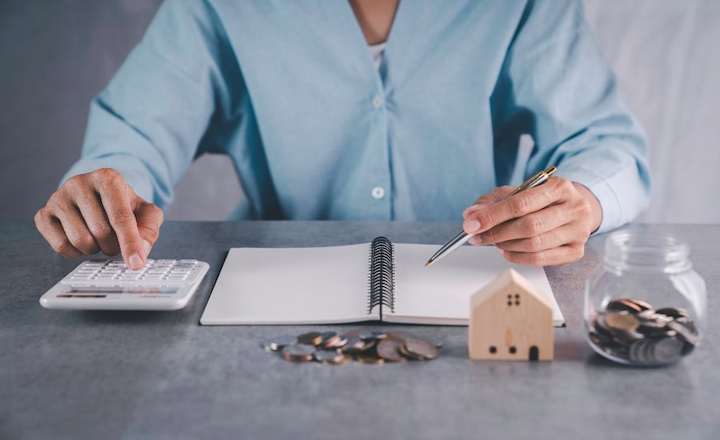
Renting a house in Australia can be both thrilling and daunting. There is a lot to think about before you sign on the dotted line. To make the process simple, here is your final checklist.
Have a budget
You must determine how much you can actually afford in terms of rent before you begin visiting listings. Don’t forget the utilities, internet, and transport costs. A realistic budget will ensure you shortlist homes you can comfortably afford.
Research the right suburb for you
Australian cities and towns offer different vibes. Maybe you prefer:
The Melbourne cafe culture
The Eastern Suburbs of Sydney's beach life
A more relaxed and family-oriented suburb in Brisbane.
Before you determine where to reside, investigate the following:
Tavel time
The transportation system
Schools and other amenities.
A real estate agent can also lead you to a suburban area that fits your way of living and your budget.
Examine the property carefully
Never skip the inspection. Images on the internet can also be deceiving, and you will not be able to ascertain the actual state of a given property until you see it. Check water pressure, locks, windows, appliances, and storage space. There is no shame in posing questions. This is your opportunity to see that there are no lurking surprises.
Understand the lease terms
Leases can be different in Australia. Evaluate all terms and conditions and look through the material before signing, particularly:
The security deposit
Break charges
Rent hikes
Subletting arrangements.
In case anything does not make sense, seek clarification. Keep in mind, you are bound to those terms once you sign.
Plan your documents in advance
Australia can be intensely competitive in terms of rental. To increase your likelihood, prepare all your paperwork before you apply:
Proof of income or employment
Identification (passport, driver’s licence)
Rental history or references
Bank statements.
When you are organised, you seem like a good tenant, and this is an advantage in a congested market.
Get a renter’s insurance
This is one of the things many tenants forget about: the renter's insurance (also known as contents insurance). Although your landlord's insurance covers the building, it does not cover your personal possessions. In the event of a fire, burglary, or even water damage, you would be left to cover the loss.
Here’s a quick home renters insurance breakdown:
It insures your furniture, electronics, clothes, and more.
It is affordable. There are flexible coverage options.
It offers peace of mind to know that you are financially secure in case something goes wrong.
Renter insurance is one of those little monthly expenses that can keep you from the massive bills in the future.
Complete a condition report
Finally, your landlord or property manager will issue a condition report when you move in. This form captures the condition of the property as on the commencement of your lease. Take pictures and go into detail. This is your best insurance that you will not lose a part of your bond at the expiry of the tenancy.




